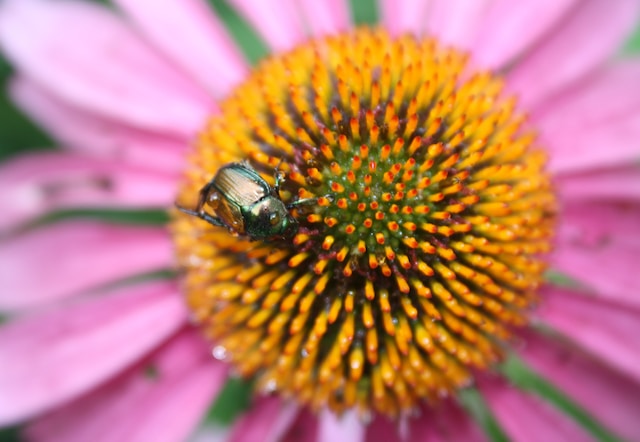Pollinators play a crucial role in our ecosystem, and gardening with them in mind can help support their populations. Pollinator gardening involves creating a garden that attracts and supports pollinators such as bees, butterflies, and hummingbirds. In this article, we will discuss some tips and tricks for creating a successful pollinator garden.
Understanding Pollinators
Before creating a pollinator garden, it is important to understand the pollinators you are trying to attract. Bees, butterflies, and hummingbirds are the most common pollinators, and each has unique preferences. Bees prefer flowers that are blue, purple, and yellow, while butterflies are attracted to bright colors such as red, orange, and pink. Hummingbirds are attracted to tubular flowers that are red or orange.
Choosing the Right Plants
Choosing the right plants is crucial for a successful pollinator garden. Native plants are the best choice, as they are adapted to the local climate and soil conditions. They also provide the best food source for local pollinators. When selecting plants, choose a variety of flowers that bloom at different times throughout the growing season. This will provide a continuous food source for pollinators.
Creating a Pollinator-Friendly Habitat
In addition to choosing the right plants, it is important to create a pollinator-friendly habitat. This includes providing shelter and water sources. Pollinators need a place to rest and hide from predators, so providing a variety of plants with different heights and textures can help create a habitat. Water sources such as bird baths or shallow dishes filled with water can also provide a place for pollinators to drink.
Avoiding Pesticides
Pesticides can be harmful to pollinators, so it is important to avoid using them in your garden. Instead, use natural pest control methods such as companion planting or handpicking pests. If you must use pesticides, choose ones that are specifically labeled as safe for pollinators.
Maintaining Your Garden
Maintaining your pollinator garden is important for its success. Regular watering, weeding, and deadheading can help keep your garden healthy and attractive to pollinators. It is also important to avoid using herbicides, as they can kill beneficial plants and harm pollinators.
Conclusion
Creating a pollinator garden is a great way to support local pollinator populations and help maintain a healthy ecosystem. By understanding pollinators, choosing the right plants, creating a pollinator-friendly habitat, avoiding pesticides, and maintaining your garden, you can create a successful pollinator garden that will benefit both you and the environment.




